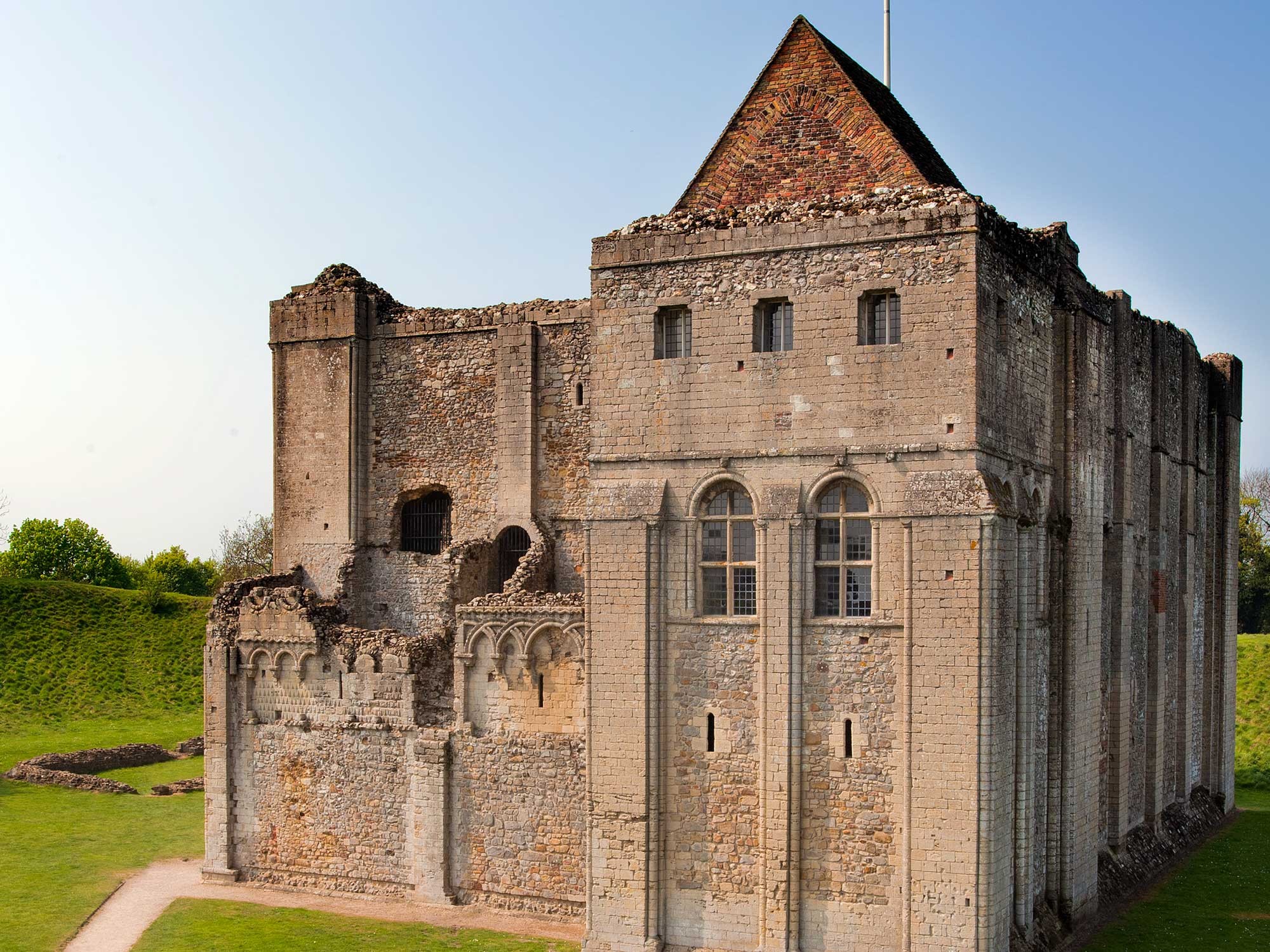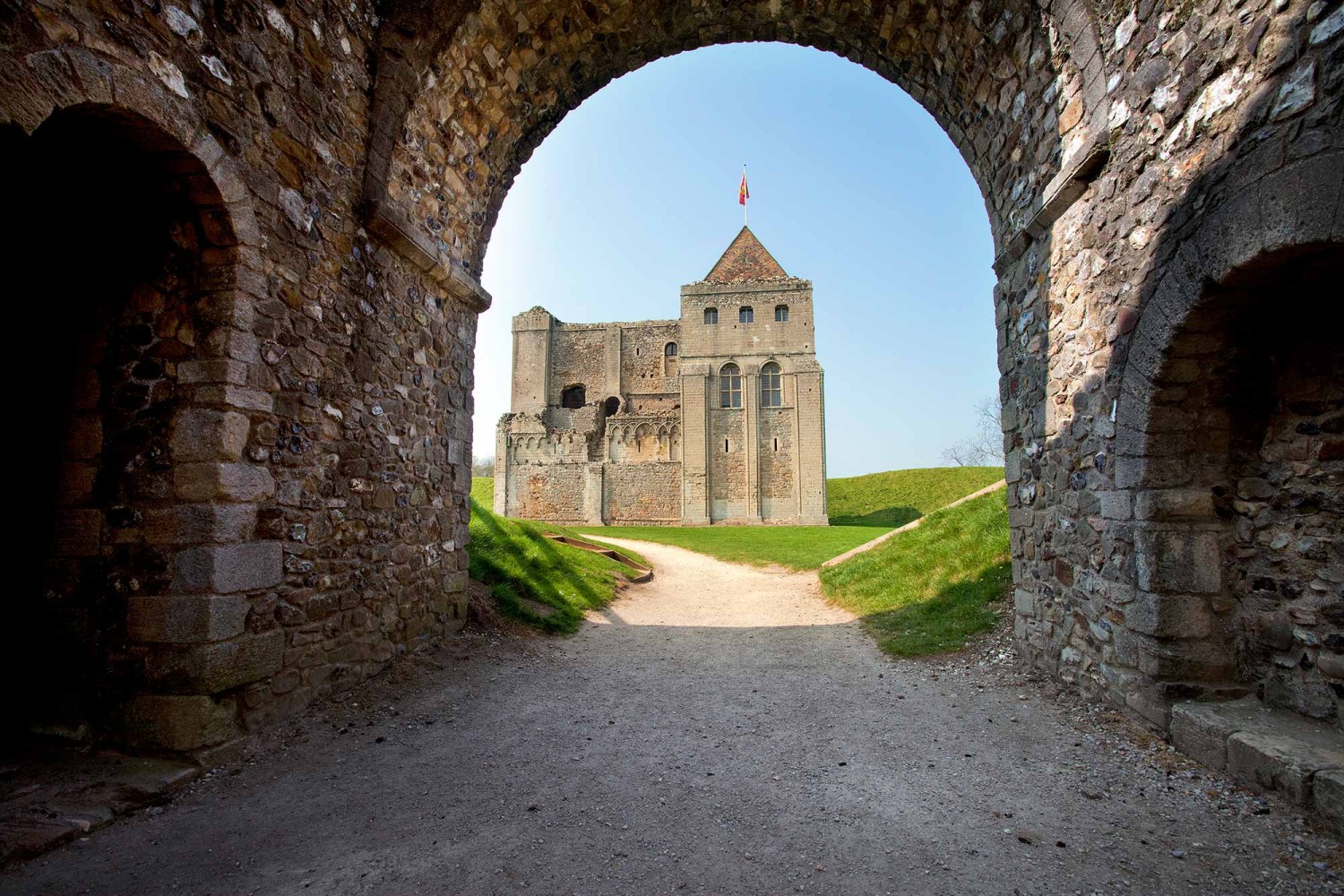
Castle Rising
Castle Rising is home to one of the most famous 12th century castles in England - and is owned by the family who built it almost 900 years ago
Castle Rising has an extraordinary history that stretches all the way back to the days following the Norman Conquest, when Henry I gave the ‘Manor of Rising’ to nobleman William d’Albini, who’d been one of William the Conqueror’s most senior and trusted knights.
His son married Henry I’s widow, and celebrated his marriage by using his newly-acquired wealth to construct an impressive castle keep (with the king’s permission) at Rising – although it was always intended as a residence.
Construction started around 1138 using imported stone and the Silver-carr that was originally quarried in North Wootton by the Romans.
The earthworks would go on to cover about 12 acres with a circumference of approximately 1,000 yards – all encircled by a large ditch. The design was very similar to the castle in Norwich, with walls up to 9ft thick in places. During the construction of the castle at Rising (it was known as Risinga at the time) it appeared on a silver penny of King Stephen which was minted there between 1138-1145.
The d’Albini family remained Lords of the Manor of Rising for another hundred years – but in 1243 Hugh d’Albini died without any sons and the family inheritance was shared by his four sisters.
The castle was eventually purchased by King Edward III – who bought it as a place of internal exile for his mother, the dowager Queen Isabella. Known (perhaps unfairly) as the ‘She-Wolf’ of France, Isabella had been implicated in the murder of her husband, King Edward II. Her lover was executed, and Queen Isabella was ‘imprisoned’ in Castle Rising.
She may have been in disgrace, but Isabella was far from a prisoner in the normal sense of the word. She actually lived in some luxury in a new red-brick palace built for her next to the original stone keep. She made pilgrimages to Walsingham and some of her other properties in England, and entertained many visitors - using King’s Lynn merchants for supplies of food and wine.

It’s one of England’s finest and best preserved Norman castles...
Isabella died in 1359, and apart from a brief period during the reign of Richard II Castle Rising remained the property of the English crown for another 200 years.
In 1544, Henry VIII exchanged various properties with Thomas Howard, 3rd Duke of Norfolk, and Castle Rising became part of the estates of the powerful Howard family. Despite the execution of several members of the family on charges of treason during the turbulent reign of the Tudors, the Howard family secured possession of the castle and estates during the reign of King James I.
Despite the involvement of English Heritage in recent years, the castle is still owned and currently managed by Lord Howard of Rising – who can actually trace his ancestry back to the William d’Albini who started this story.
By the Tudor period, the castle’s buildings were in various states of ruin, and as it progressively decayed over the years through neglect, local people used it as an easily-accessible quarry for building their houses, barns and walls.
The Silver-carr stonework of the original castle and purple-red handmade bricks of Queen Isabella’s royal apartments can still be found today in the village’s buildings.
St Lawrence’s Church at Castle Rising was built at the same time as the castle itself, and replaced an earlier Saxon or early-Norman church that was discovered on the castle mound by archaeologists. It tells a similar tale of neglect – until its restoration by later members of the Howard family.
The impressive Great Tower of Castle Rising – with its views to the Wash and to the royal estate at Sandringham - still looms over the village of Castle Rising, nearly 900 years after it was first constructed.
It’s one of England’s finest and best preserved Norman Castles, and it’s not surprising that it attracts thousands of visitors each year.

